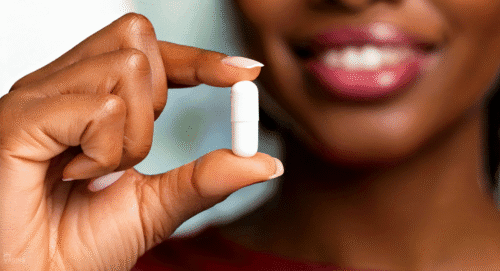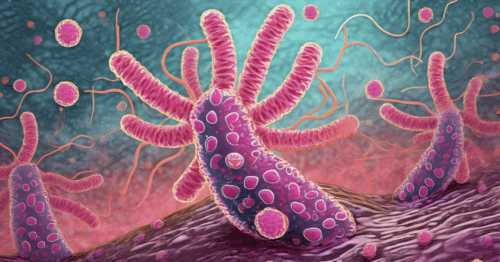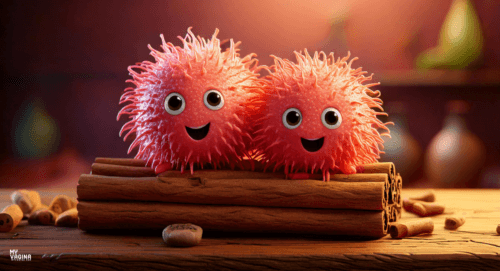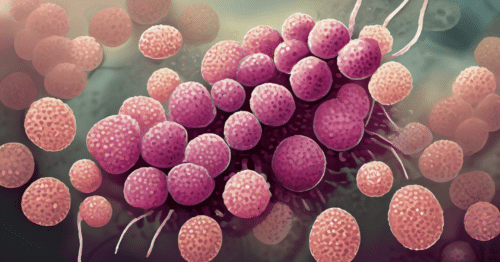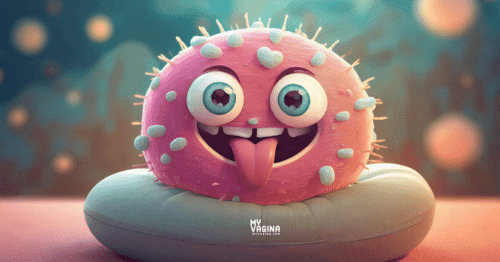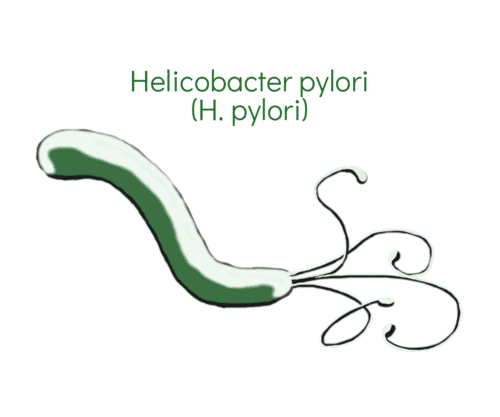Boric acid: can it really disrupt BV biofilms?
Learn if boric acid can impact BV-related biofilms, and what better options are availble.
Aunt Vadge: How do oral biofilm enzymes get to the vagina?
Ever wondered how an enzyme taken by mouth can impact vaginal biofilms? Aunt Vadge explains!
Bacterial biofilms: what is extraceullar DNA? (EDNA)
How bacteria build their fortresses: the secrets of extracellular DNA and how they are used to make biofilms/
Impact of Cinnamomum on Pseudomonas aeruginosa biofilms
Cinnamomum, one of the active constituents of cinnamon, has strong antibacterial and antibiofilm activity against P. aeruginosa.
The science behind cinnamon’s significant biofilm activity
Cinnamon is a potent therapeutic agent in combating bacterial and fungal biofilm-associated infections.
Impact of Cinnamomum on Staphylococcus aureus biofilms
Staph biofilms are susceptible to some of the active constituents in cinnamon, making Cinnamomum a possible treatment avenue for resistant infections.
Impact of Cinnamomum on Candida spp.
Cinnamon extracts are showing enormous promise as an antibiofilm agent against Candida species.
Using InterFase Plus – penis (Killing BV)
We explain how to use InterFase or InterFase Plus as a penis treatment for BV-related biofilms in men, with clear instructions for dosage and application.
Understanding E. coli biofilms in recurrent UTIs
We look into E. coli's biofilms in a bit more detail, explaining exactly why biofilms contribute to recurrent urinary tract infections and other vaginal infections.
BV mouth treatment (Killing BV)
How to get BV out of your mouths! Discover a 7-day oral treatment to help combat vaginal BV - and get fresher breath.
BV – you also probably have it in your mouths
Discover how BV links to oral health issues. Learn about the research on BV's impact on the mouth and gums and get effective treatment.
Why BV gets worse with your period – it’s not just pH
Ever wondered why your period causes a flare-up of your BV symptoms? Iron in your period may be more important than just pH.
Evidence for men carrying Gardnerella vaginalis in the urethra
A couple of older studies look at G. vaginalis in the urethras of men.
Dealing with yeast biofilms
Recurrent yeast infections may have their root in a biofilm in your intestine. Learn how to fix it.
Study: Boric acid with antibiotics for BV – does it work?
A study looked at the effectiveness of using boric acid suppositories plus an antibiotic for removal of the bacterial biofilm that causes recurrent bacterial vaginosis.
Study: Chitosan polymers tested for BV biofilm destruction capacities
Chitosan was much more effective at disrupting biofilms (in the lab) than polycarbophil gels, and may prove to be a useful treatment in future for biofilm-dependent vaginal infections.
Vaginal and urethral Helicobacter pylori (H. pylori)
We look at research into the sexual transmission of Helicobacter pylori and how it could be a cause of bacterial vaginosis and urethritis in women. There are many modes of transmission, including breast to baby, and mouth to vagina.
Study: effect on BV biofilms by antibiotics and SCAA
A research project looks into antibiotics and other substances to see what works on biofilms and what doesn't.
Study: DNase disrupts biofilm of G. vaginalis
DNase disrupts biofilms created by G. vaginalis, but it is not available for us just yet.
Study: Coconut oil as a biofilm-busting agent in the mouth
We look at the study results of biofilm formation in the mouth and how coconut can interrupt it.
- 1
- 2


